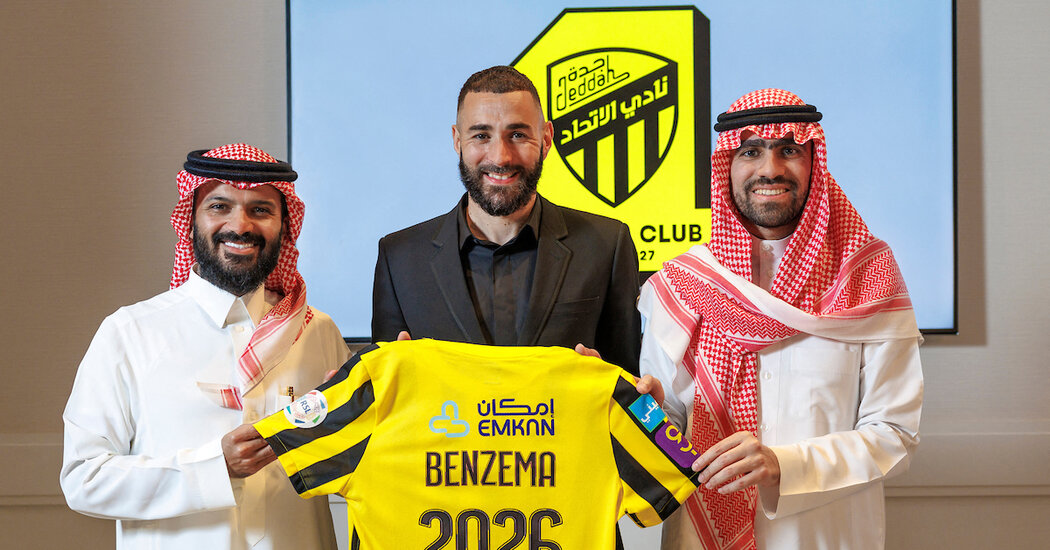The Flying Nikka Can Indeed Fly
It was only a matter of time before someone on the Maxi circuit showed up with a full-foiling 60-foot yacht that can “fly” above the surface of the water. Enter Roberto Lacorte and his Flying Nikka.
What he first imagined — and built — is best described as a boat that is conservatively radical. While America’s Cup boats have been sailing on foils for years, none come close to the versatility of the Flying Nikka, which is 60 feet long and would look almost conventional without its foils.
“There are America’s Cup boats hitting 50 knots, and the IMOCA 60 class racing around the world,” Lacorte said of the durable monohull boats built for the longest-distance ocean races. “I suggested to my designer, Mark Mills, do something in the middle.”
IMOCA 60s, which risk encountering Antarctic storms, carry assisting foils for a degree of lift, but they do not fully “fly.” They are more like long-distance rally cars than Formula 1-style America’s Cup screamers. They have to take a pounding. Lacorte, who has raced cars in the World Endurance Championship, including at the 24 Hours of Le Mans, knows the difference.
“We don’t need to go 50 knots,” said Lacorte, an officer of the International Maxi Association who was successful with his previous, conventional Maxi, the Super Nikka.
“With less than 8.5 knots of wind, Flying Nikka drops into the water, and we are like any other boat. But if it blows 12 knots, we can fly at 25. If we go that fast just 30 percent of the time, we get to the finish line first.”
So far, that is theory. A hydrofoil provides lift only when there is water flowing over it. There has to be sufficient velocity, much the way a wing must reach takeoff speed to lift an aircraft.
“To date, winds in races in the Med have been too light for the boat,” Andrew McIrvine, secretary general of the International Maxi Association, said, referring to the Mediterranean. “After Lacorte showed they had control, regattas that had initially refused entry accepted him, but with a ridiculous handicap [for a position based on adjusted time]. Lacorte doesn’t care. He just wants to be the first boat to finish. But for that, he needs straight-line sailing in long distances.”
The scenic, meandering courses around the islands off Porto Cervo in Sardinia, Italy, are anything but straight-line sailing. Every September, nevertheless, the Maxi Yacht Rolex Cup is the place to be for sailors. So at the 2022 edition, the Flying Nikka made its debut, racing in a division of one.
To get to this point, Lacorte said, the first challenge was constantly adjusting the angles of the foils to maintain flight.
“Early on, our autopilot software learned from us while we sailed the boat manually,” Lacorte said. “Now, it often does a better job than we can. The next challenge was to prove that we could travel safely in company with other boats. We did that [last year without hitting other boats], sailing through the narrows of the Maddalena in Sardinia. For this, we could make a case for Flying Nikka as ‘normal.’”
But that has redefined normal in Maxi-class racing.
“There are potential owners of similar boats watching and waiting,” said Lacorte, who is a founder and an executive of PharmaNutra Group of Pisa, Italy. “They want to see Flying Nikka in a true blue-water race, going 24 hours without issues. I am searching now for the right way to imagine a class, probably a box rule that hits the right compromise between performance and budget.”
A box rule is a formula that sets limits on factors such as length and sail area, with perhaps a minimum weight, while encouraging naval architects to be creative within the constraints that box them in.
Anyone contemplating following Lacorte might want to also emulate his training, which began two years before the launch in a 23-foot foiling boat called a 69F.
“Foiling is the new experience in sailing,” Lacorte said. “We dedicated a lot of time because the 69F also flies easily, and it is not difficult to manage in the right conditions. But you’re not ‘on’ the water. You’re above. It takes full concentration. Well before Flying Nikka, we learned to sail in three dimensions.”


